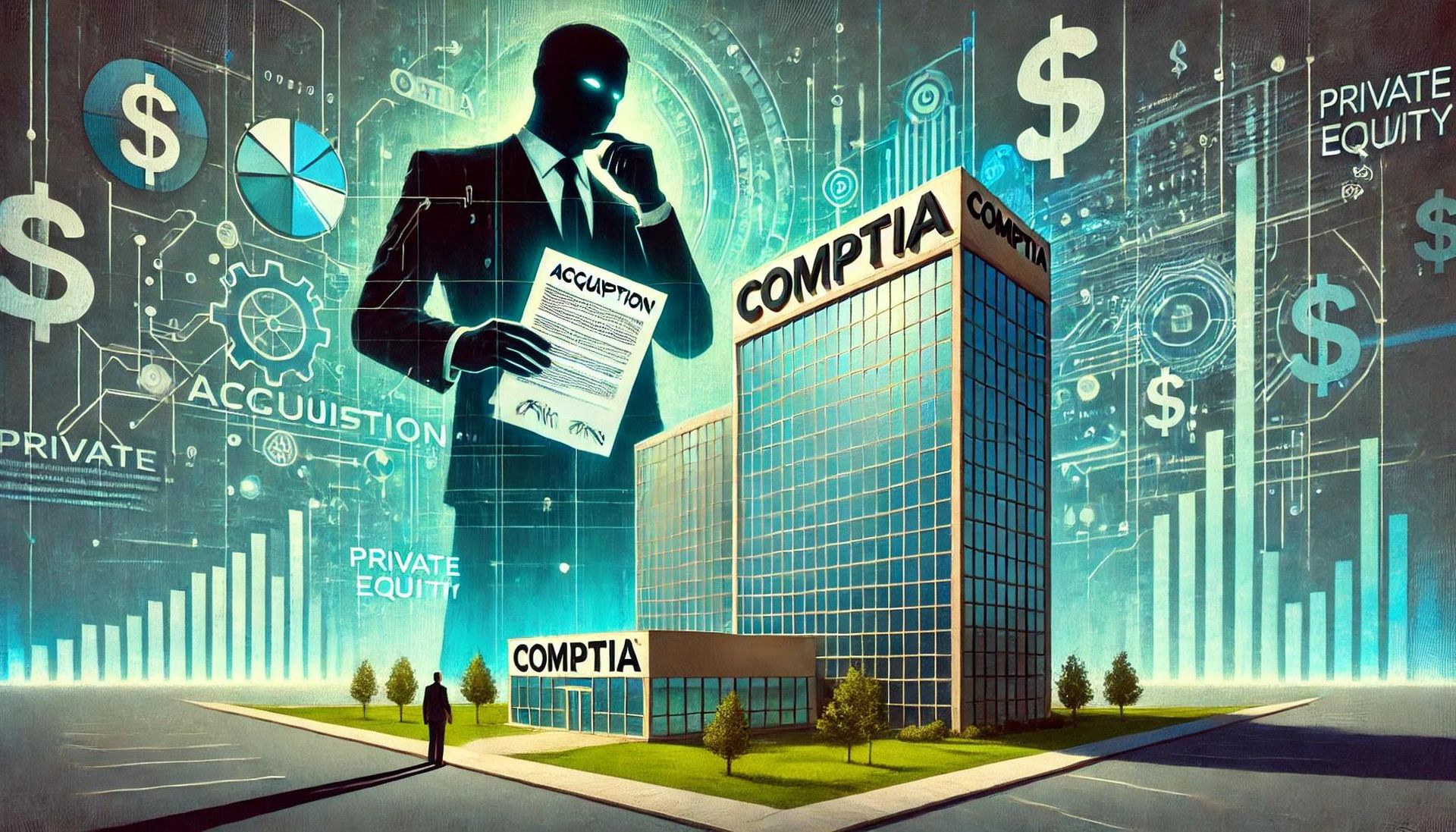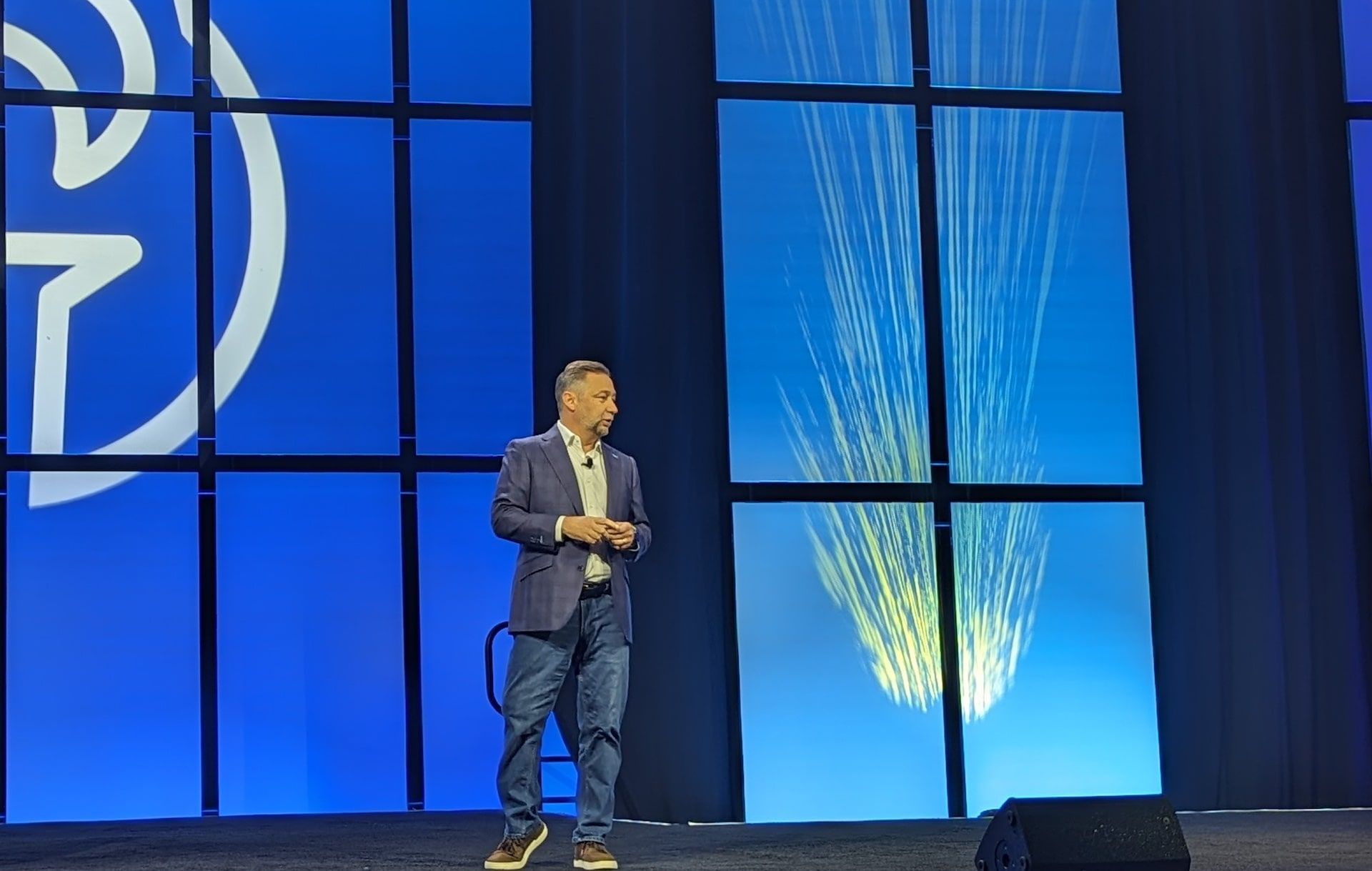Before I head out for the weekend, I figured I'd pen a blog entry that captures my current mindset -- especially as it pertains to entrepreneurialism, business building and life-work balance. I don't know if this will be a continuing series. We'll see.
For starters, let's explore why you and I started our respective businesses. Thousands of ChannelE2E readers are likely accidental entrepreneurs. That term fit me in 2001, when I suffered a big media layoff during the dot-com implosion. In response, I quickly incorporated a business to do some freelance work while plotting my longer-term career moves. Before I knew it, the cash was coming in and the entrepreneurial bug bit me. But I was still an accidental entrepreneur -- basically pursuing project work to fulfill my financial needs. We've all been there.
Fast forward to 2008, and I became a purposeful entrepreneur -- working with Amy Katz to build a modern day IT media company focused on the IT channel and market inflection points like managed services and cloud services. It worked out remarkably well. We got acquired in 2011, stuck around to expand the sites some more, then personally exited in 2014. It was a mostly excellent journey. Except for one big caveat: At times, I became a prisoner of my own business.
Entrepreneurs: From Total Freedom to Total Lockdown?
Oh, the irony. Amy and I launched that company in 2008, at least in part, to forever free ourselves from big, corporate, slow-moving decision making. We wanted to have fun. But the very company we built became a prison of sorts, during brief times, for me.
Why? The simple answer involves my own mismanagement. Amy always had a long-term plan on the business side of the house. But I didn't really have a long-term plan for the content side of the business.
Sure, I knew how to build traffic and readership. I knew how to engage audiences. But I never really took the time to really think about a near- and long-term plan to scale all that content. At times, I maintained a dangerous mentality: "Write one extra blog today..." and I would always address our content growth needs. At some point around 2010 or so, Amy helped me realize I couldn't scale myself to infinity. We made some good hires and I finally freed myself from a sort of business "prison."

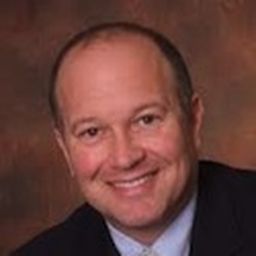

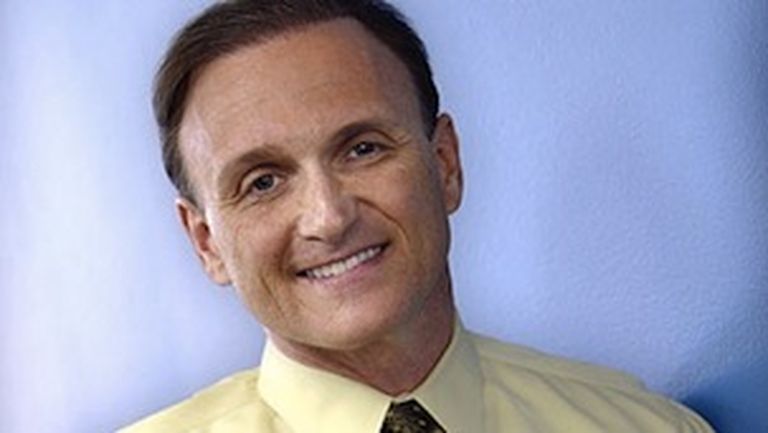
The prison metaphor is a familiar one for MSP owners. Consider this: The biggest business challenge facing MSPs that want to grow beyond $4 million annual recurring revenues involves the CEO failing to hire and/or mentor a senior level management team, according to Arlin Sorensen, senior VP of ConnectWise's HTG business unit. His views, shared during an IT Nation 2017 session in November, aren't unique. ConnectWise CEO Arnie Bellini, Service Leadership CEO Paul Dippell and TruMethods CEO Gary Pica all reinforced that point during the session.
The business (i.e., the revenues you need) are out there for the taking. The talent (if you truly look for it) is out there for the hiring. But ultimately, you need to make a conscious decision to hire, mentor and delegate. And you need to understand the math behind your business, as Pica has told a few thousand MSPs over the past decade.
The other option? Continue to grind it out on your own. Near term, you can be an individual 'do it all' star. But at some point, you'll simply become a prisoner in your own business -- trapped behind four virtual walls (pending deadlines, upset customers, poor cashflow and no time off) that could suffocate you.
Three Books That Guided Me Forward
In some ways, regaining complete freedom for me involved walking away from the IT media industry. It was 2014. Industry noise filled my inbox and my head. I had to step away for some silence to sort out what I wanted to do with the rest of my career life -- while putting a greater emphasis on my family life. Amy also took some time to step away. We both resigned around April 2014 from the company that had acquired our business.
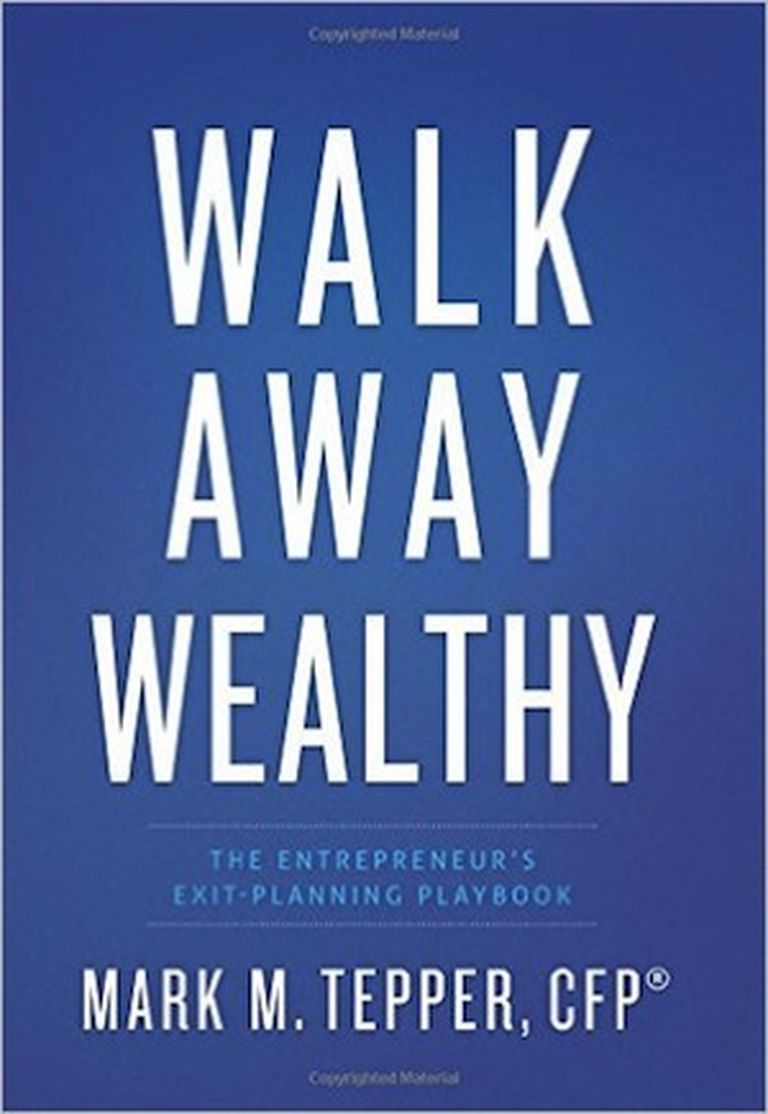
During that time of silence at home, I read multiple books. Three of the most influential were:
- What Should I Do With My Life? by Po Bronson
- Start with Why, by Simon Sinek
- Walk Away Wealthy, by Mark M. Tepper
I listed the books in that order for a reason. Here's some explanation:
"What Should I Do With My Life?" first helped me through a difficult period in my business life, somewhere around 2001. I was under employed. I was lost. Bronson's book helped me to understand that I wasn't alone. This great summary explains why:
"With humor, empathy, and insight, Bronson writes of remarkable individuals—from young to old, from those just starting out to those in a second career—who have overcome fear and confusion to find a larger truth about their lives and, in doing so, have been transformed by the experience."
I've re-read that book many times, including during that career hiatus in 2014.
"Start With Why." Here again, the book summary says it all:
"People like Martin Luther King Jr., Steve Jobs, and the Wright Brothers had little in common, but they all started with WHY. They realized that people won't truly buy into a product, service, movement, or idea until they understand the WHY behind it."
And finally, there's "Walk Away Wealthy" ... The description:
"Nearly every entrepreneur dreams of one day selling their business for big bucks, but far too many aren't aware of exactly what it takes to do so. The sobering truth is that it's very easy for the entrepreneurs who don't know what they're doing to walk away from a sale without the financial freedom they hoped for. In fact, only about 20 percent of businesses for sale will successfully transfer to another owner!
Maintaining My Entrepreneurial Freedom
When Amy and I co-launched After Nines Inc. in 2014 and its associated IT media sites (ChannelE2E in 2015 and MSSP Alert in 2017), we thought very carefully about automation and scalability. We knew there were manual processes from our previous business that we had to avoid. Sure, we'd put in lots of business hours. But we knew we wanted to spend a lot of time away from work with our respective families.
In some ways, the three books mentioned above helped me to organize my own life priorities. If you roll the three books together, you come up with sometime like this:
- What Should I Do With My Life?: I want to build a business that provides the financial freedom to spend more time with my wife and kids.
- Start with Why: Here again, my wife and kids are my 'Why.' Amy and I (married, but not to each other) also found a business 'why.' We launched ChannelE2E to help IT service providers on the journey from Entrepreneur to Exit. The 'why' was simple -- E2E arrived to help MSP owners on the most important business journey of their life. Similarly, MSSP Alert arrived to address the most pressing issue facing partners and their customers: Safeguarding digital assets.
- Walk Away Wealthy: Naturally, I considered learnings from this book as the end-point from which MSPs can reverse engineer a successful E2E journey. A sort of guide to help understand key KPIs and steps you need to take to increase your company's valuation.
Rediscovering Your Entrepreneurial Freedom
I realize MSP owners can't quit their day jobs, take some time off to escape from their virtual prisons, and come back with a completely new business. But you can take incremental steps to regain that freedom. For starters, join a peer group and learn the true financial numbers and business metrics you need to achieve. At the same time, sit down with a financial advisor to talk about where you want -- or need -- to be financially secure over the next 10, 20 or 30 years.
Then align the peer group math with your financial advisor math. Chances are, you'll have a valuation gap -- a shortfall that means you're essentially a prisoner in a low-value business, Sorensen notes. The only ways to eliminate that valuation gap and achieve freedom?
- Again, know your numbers.
- Automate. And automate some more.
- Follow Sorensen's advice. Find the management team talent you need to scale. Focus on EBITDA growth rather than top-line revenue growth.
But most of all: Find your why, and never lose sight of it. Oh, and a confession. I wrote this blog as much for me as I did for you. I need to constantly remind myself of the lessons above.
Bonus: This Friday's Exit Strategy

PS: So what's on tap for me this weekend? Some extended time with my wife and three sons. A concert featuring former Prince and the Revolution keyboardist Dr Fink. Dinner and drinks with one of my sisters and her husband. Some NFL football. And returning to the current book on my reading list: Hershey -- Milton S. Hershey's Extraordinary Life of Wealth, Empire, and Utopian Dreams.
Thanks for reading ChannelE2E and our sister site MSSP Alert this week.
Joe Panettieri ([email protected] and @JoePanettieri) is co-founder and executive VP of After Nines Inc. and its IT media platforms -- ChannelE2E and MSSP Alert.



